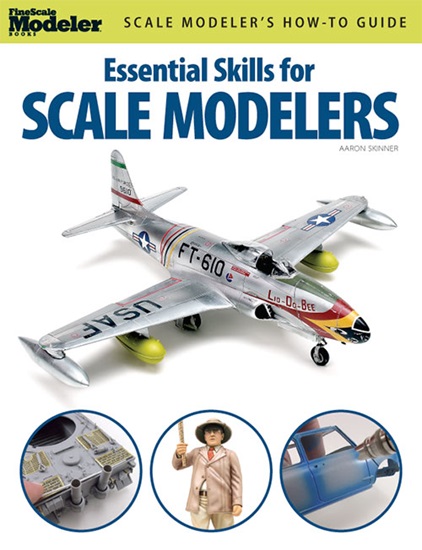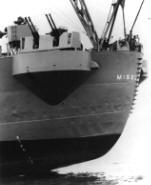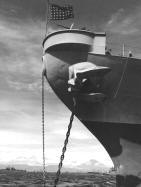|
Toll free 800 - 845-1140 |
|
Shipping
will be added to all orders, we always endeavor to give you the
best rate >>> Click for Rates. |
If you have any
questions or need help email us, call us or click here for HELP

Angled Deck Essex Class Carriers Cold War,
Vietnam War Configuration
USS Intrepid CVA- 11
USS Intrepid as she looked in Vietnam it
has arrived!
Not MSRP 379.00
but our price $Gone you save over $100.00
New
USS Intrepid, angled deck version... will include over
1000 parts, over 30 inches long
It will have full hangar deck & elevators that can me modeled up or down
positions.
Aircraft included are 5 each of A-4, F-8, EA-1F, EA-1B, and UH-2B
Includes 4 sheets of photo etch.
Kit # A601 $Gone
Can I make my ship
other than the Intrepid?
Yes but you need 3 things Deck Numbers, Island Numbers
and names for the fantail. I have both for you.
Deck #s and Ship names
from GMM & Island #s from Totalnavy.
We have added hyperlinks to
each Carrier Click your Ship below!
Attention all Essex Aircraft Carrier veterans you can now
build
a replica of the ship you served on in a detailed plastic
Model.
 |
Essential Skills Scale Modeling
Were you a teenager the last time
you built a model?
A step-by-step introduction to scale
modeling basics.
Beginning scale modelers are full of questions:
What kinds of models are there? What kinds of tools
do I need? What glue works best?
How do I put a model together?
How are the decals applied?
Finally, Kalmbach offers answers to
all these beginner questions and more.
This new book is filled with more pictures
and how to articles than their other book.
List $21.95
Our Price BK01 19.95
|
Back to
Catalogue
Essex Class Carriers
The Essex class of carriers was, though you may argue that point, in my
opinion the best weapon in the world when commissioned, and stayed the best carrier class
until the Midway class became available in October of 1945.
The Essex class
was the successor of Hornet. Just as Hornet, it was designed after the
limitations of the Washington Treaty were lifted in1936, and it was thus not necessary to
obey to any rules other than those dictated by common sense. As a result, a class was
devised which was to follow five main rules:
- They were to be able to carry four squadrons of 18
planes, plus another squadron in reserve.
- They were to be able to launch and recover planes
faster than usual.
- The were to carry 25% spares for her planes, as it
was thought that US carriers would stay longer at sea than her counterparts.
- They were to be survivable in combat and able to
serve a long time.
- They were to be upgradeable.
Each of these rules was followed. When USS Essex was commissioned into the Navy
in early January, 1943, the US Navy had received all it had wanted. The carrier was able
to carry up to a hundred planes, and, due to a aircraft lift to the port side of the
flight deck, she was able to recover her planes while storing them in the hangar, and
likewise for launching.
The ships were also highly
survivable. During the two years the Essex class saw service in the Pacific, none
of them was sunk, not even under the worst circumstances. This includes the devastation of
USS Franklin, hit by two bombs off Okinawa in March 1945, during the preparations
for the landing there. She suffered horrible fires aft, destroying planes and exploding
"friendly" bombs. With 724 dead and 265 wounded, the carrier's captain was given
permission to abandon the ship, but refused and saved Franklin. Bunker Hill, Admiral
Marc Mitscher's flagship, was hit by two Kamikazes in May, 1945, and survived as well,
with 389 dead or missing, and 264 wounded.
This may be to a great part
attributed to the reluctance of the crews to let their ships die, but also to the rugged
construction inherent in this class.
The Essex class
saw heavy service in the Pacific, beginning with the occupation of the Gilbert Islands in
Mid-1943, and the second carrier raid on Rabaul, with Essex, Bunker Hill and the
light carrier Independence. Throughout the war, the Essex class was the
spearhead of all Central Pacific operations, and temporarily supported the South Pacific
thrust of General Mac Arthur. Planes from these carriers were responsible for the
decimation of Japanese air units in the Marianas, the Philippines, Formosa, and eventually
Japan itself. With these carriers, the US Navy build up what was called the "Air
Navy", and with these carriers, the US Navy became the most powerful navy in the
world.
The Essex class was also highly
adaptable to modern technologies, and although not important in the World War 2 context,
the Essex class was to receive steel and angled flight decks to permit operation of
jet fighters. The service of these great ships was
welcome addition to the US Forces in Korea and in Vietnam.
The last Essex was
scrapped in 1989.
Ships in class:
Back to
Catalogue





